Shielding Space: Simulating Earth’s Magnetic Field to Repel Radiation in Space
During my middle school years, I participated in the FIRST Lego League Robotics Project, where my team and I tackled the challenge of space radiation. We aimed to find solutions to protect astronauts on missions, particularly those aboard the International Space Station (ISS). Prolonged exposure to harmful electromagnetic rays, such as gamma rays, can lead to severe health issues, including cancer. As humanity ventures further into space in search of new homes, the radiation threat becomes even more pressing.
Our planet has a spinning core that produces a magnetic field, repelling most types of radiation headed our way. But what about space? At one point, we want to look for new homes outside Earth. As astronautical technology advances, we anticipate humans will begin spending more and more time in space, farther and farther away from Earth. So how can we be protected against radiation?
Various solutions were brainstormed, including the use of a special fabric infused with hydrogen, known for its excellent radiation-blocking properties. However, I often wondered why radiation isn’t a significant issue for us on Earth. Through research, I discovered that Earth’s magnetosphere, generated by the planet’s rotation, shields us from space radiation. This realization led me to wonder whether we could replicate similar magnetic protection in space.
To create a magnetic field in a spaceship, it boiled down to two primary options: using a spinning core or electricity. Transporting a massive spinning core to the space station was impractical, so the viable option was the latter. A viable contraption needed a specific structure and frame to simulate a uniform magnetic field. Perhaps, by building said contraption in the center of a spacecraft, astronauts will be much more safeguarded against space radiation.
Thus began a search for a device capable of generating a uniform magnetic field within designated radiation-free zones. Upon further investigation, I came across the Helmholtz coil, which seemed perfect. A Helmholtz coil consists of two electromagnets aligned along the same axis, creating a small magnetosphere when a current flows through the coils. This device is named after the German physicist Hermann von Helmholtz.
To make this solution practical, several factors needed consideration such as the coil’s radius, the number of turns in each coil, and the number of axes involved. More axes mean a stronger magnetic field but also higher costs. Despite these challenges, the idea is worth exploring. Unlike transporting massive objects, the Helmholtz coil offers a cost-effective way to generate a strong enough magnetic field to create radiation-free zones within the spacecraft.
Researching this concept furthered my interest in deep space exploration and aeronautical design. The future of the Helmholtz coil can make way for more complex astronautical craft design.

Exploring the Mysteries of the Universe: Understanding the Epoch of Reionization and Lyman Alpha Radiation
Recently, I attended an event called “Astronomy on Tap” sponsored by the Dept of Astronomy, University of Texas, Austin. One presentation by a UT graduate student was titled “Why Lyman Alpha Rocks,” and it opened my eyes to concepts I had never heard of before, like the “Epoch of Reionization” and “Lyman Alpha Radiation.” My fascination with the Big Bang and the formation of stars and galaxies led me to dive deeper into these topics.
The Big Bang
After the Big Bang, the universe was extremely hot and contained various particles including protons, neutrons, and electrons. As the universe expanded and cooled, these particles first combined to form neutral hydrogen atoms. Hydrogen is the most abundant element in the universe, and it consists of one proton and one electron. When these two particles are bound together, the hydrogen atom is in a neutral state. This means that the atom’s opposing charges balance.
This period after Neutral hydrogen was formed is often referred to as the “Dark Ages” because there were no stars or galaxies. During this time, the universe was filled with neutral hydrogen, with no celestially emitted light.
However, this changed with the “Epoch of Reionization,” a period when the first stars and galaxies formed, spreading light throughout the universe. These early stars and galaxies emitted mass amounts of high-energy radiation. This radiation was so powerful that it electrons were being removed from hydrogen atoms (ionizing them). This process of ionizing hydrogen spread throughout the universe, marking the end of the Dark Ages and the beginning of a period of high-energy activity
Why it is called Reionization?
The process of ionizing hydrogen in the universe for the second time: Ionization is when atoms lose or gain electrons, becoming charged particles called ions. In this case, hydrogen atoms lose their electrons and become positively charged protons.
- First Ionization: Right after the Big Bang, the universe was extremely hot and dense. In this state, hydrogen atoms were already ionized because the intense energy stripped hydrogen atoms of their electrons
- Recombination: As the universe expanded and cooled down, it reached a point where electrons could recombine with protons to form neutral hydrogen atoms, known as “recombination.”
- Reionization: When the first stars and galaxies formed, mass amounts of energy ionized the neutral hydrogen atoms again, stripping the electrons from the rest of the atoms. The process of ionization repeats
What is Lyman Alpha Radiation?
Lyman Alpha Radiation is a specific type of light emitted by hydrogen atoms. Electrons inside an atom occupy specific energy levels. When a hydrogen atom’s electron gets excited (meaning it absorbs energy), it jumps to a higher energy level. When the electron falls back to its original energy level, it releases energy in the form of light. If this light is at a particular wavelength, it’s known as Lyman Alpha radiation.
Why is Lyman Alpha so important?
The reason Lyman Alpha radiation is so important to astronomers is that it helps them understand the timeline of the universe. During the Epoch of Reionization, as the first stars and galaxies formed, Lyman Alpha radiation was frequently emitted. By analyzing the light from distant galaxies, astronomers can figure out when those galaxies formed and how the universe evolved. This is because the light from these galaxies takes a very long time to reach us, so we see them as they were billions of years ago.
Putting It All Together
So, why is this significant? Understanding the Epoch of Reionization and Lyman Alpha radiation can help us piece together the history of the universe. Every piece of information we gather about these early stages helps us understand how the universe went from a dark, empty space to the vibrant, star-filled cosmos we see today. In addition, understanding the origins of the universe helps us understand our origin.
In summary, the Epoch of Reionization marks a time when the first stars and galaxies formed and began lighting up the universe, ending the Dark Ages. Lyman Alpha radiation is the specific type of light emitted by hydrogen atoms during this time. By studying this radiation, one can learn about the early universe and the formation of stars and galaxies. This will bring us closer to understanding the origins and evolution of everything we see around us.
Leave a Reply
Quadcopter – DIY Journey
In the summer of 2022, I attended a 3 week engineering camp at University of Texas, Austin. The course entailed basics of Engineering design using Quadcopter as a basis of learning the key concepts. This is was the first when I first delved into the basics of a drone design. It was an eye-opening experience, working with a 3 person team to build a flying quadcopter through a process of trial and error. We eventually succeeded in creating a working prototype capable of carrying a water bottle through an obstacle course, a feat that sparked my interest in combining practical problem-solving with engineering principles and technology.
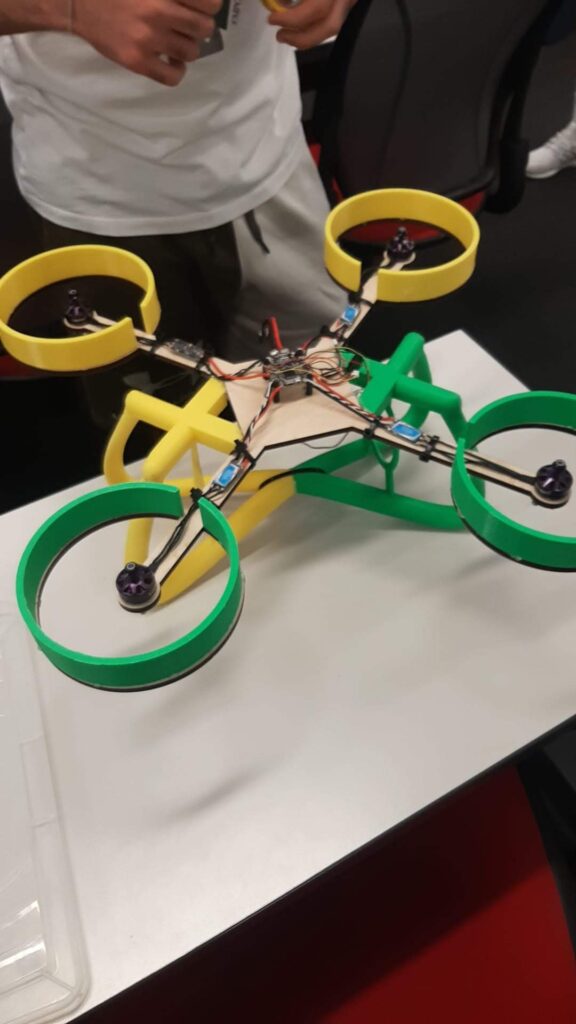
During the following summer, I noticed that my dad spent quite a bit of time in rectifying our sprinkler system to ensure the lawn has constant irrigation during the hot Texas summers. He used to spend quite a bit of time with a hose on areas where the sprinkler system does not have adequate coverage. This inspired me to think outside the box. I envisioned a quadcopter that could attach a hose and as such we can use the drone controller to water the lawn much more efficiently.
This idea led me to enroll in a robotics course at Rice University this summer (summer of 2024), where I learned circuit basics and Arduino programming. With these new skills, I decided to bring my concept to life. I ordered the essential components, including an Arduino, motors, ESCs, a frame, wires, a receiver, a flight controller, props, an accelerometer, and a battery. I even took help from a friend of ours for a 3D print of the mount for the Arduino, diving headfirst into the assembly process.


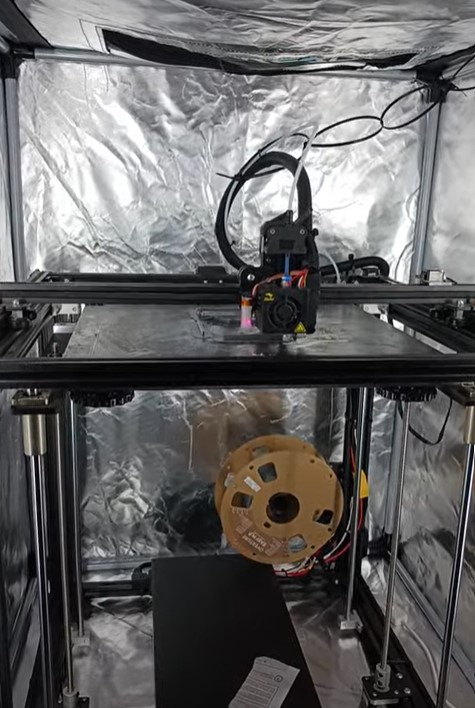
Building the quadcopter from scratch was challenging. I initially encountered several compatibility issues with various parts, leading to a frustrating cycle of returning and reordering. However, with guidance from an electrical engineer, I successfully wired one set of components using a breadboard. After connecting everything to a computer, I compiled and uploaded the code to calibrate the ESCs. The thrill of seeing a motor spin at the push of a joystick was a huge milestone. I then connected the remaining components, secured the wiring with zip ties, and attached the props. After calibrating all the parts, I took it outside, moved the throttle, and watched all the propellers spin in unison. It was finally ready for takeoff.
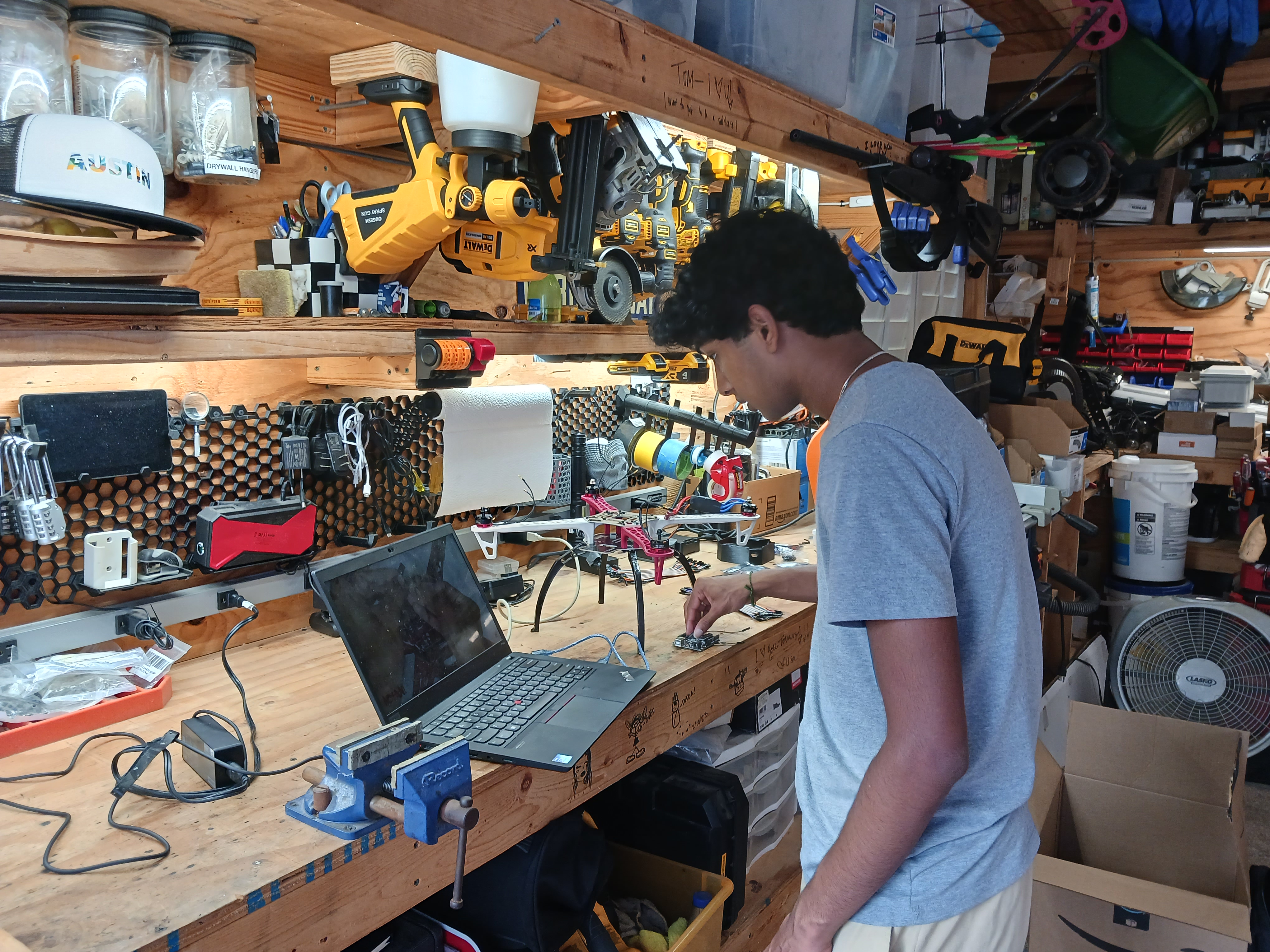
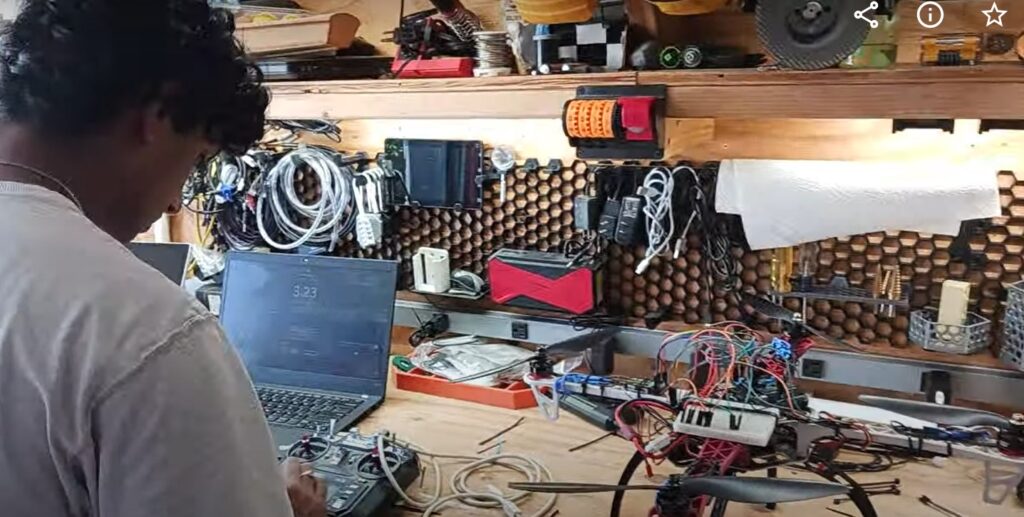
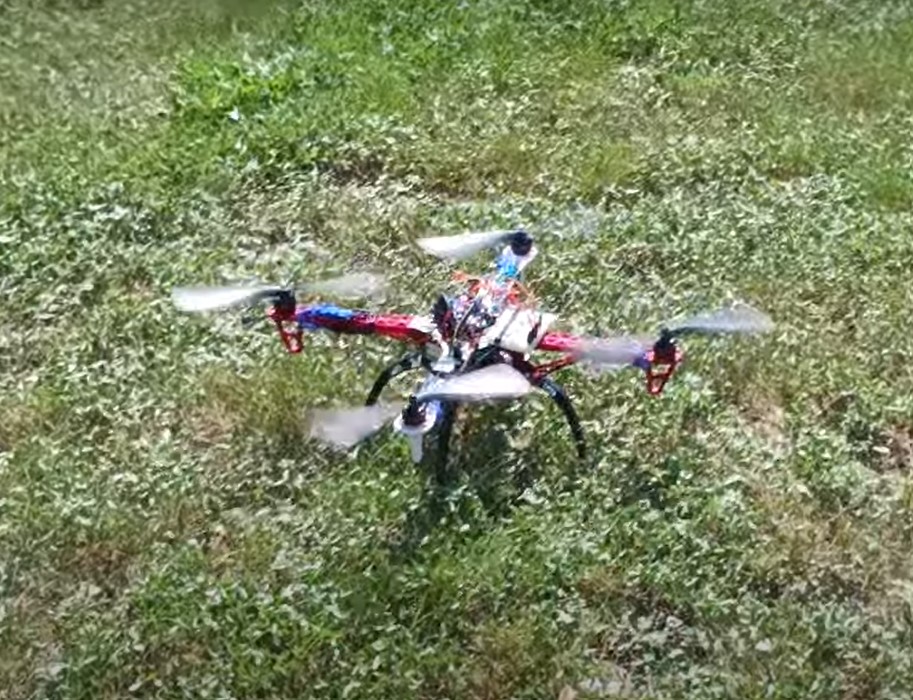
There is still work to be done and I am not remotely done yet. I am now working on a problem as my drone tilts to a particular position while taking off. This post will be updated as I continue to troubleshoot and eventually achieve my objective to not only fly the drone but also carry the sprinkler hose and direct the same to water the parts of the lawn not covered by the automatic sprinkler.
Leave a Reply